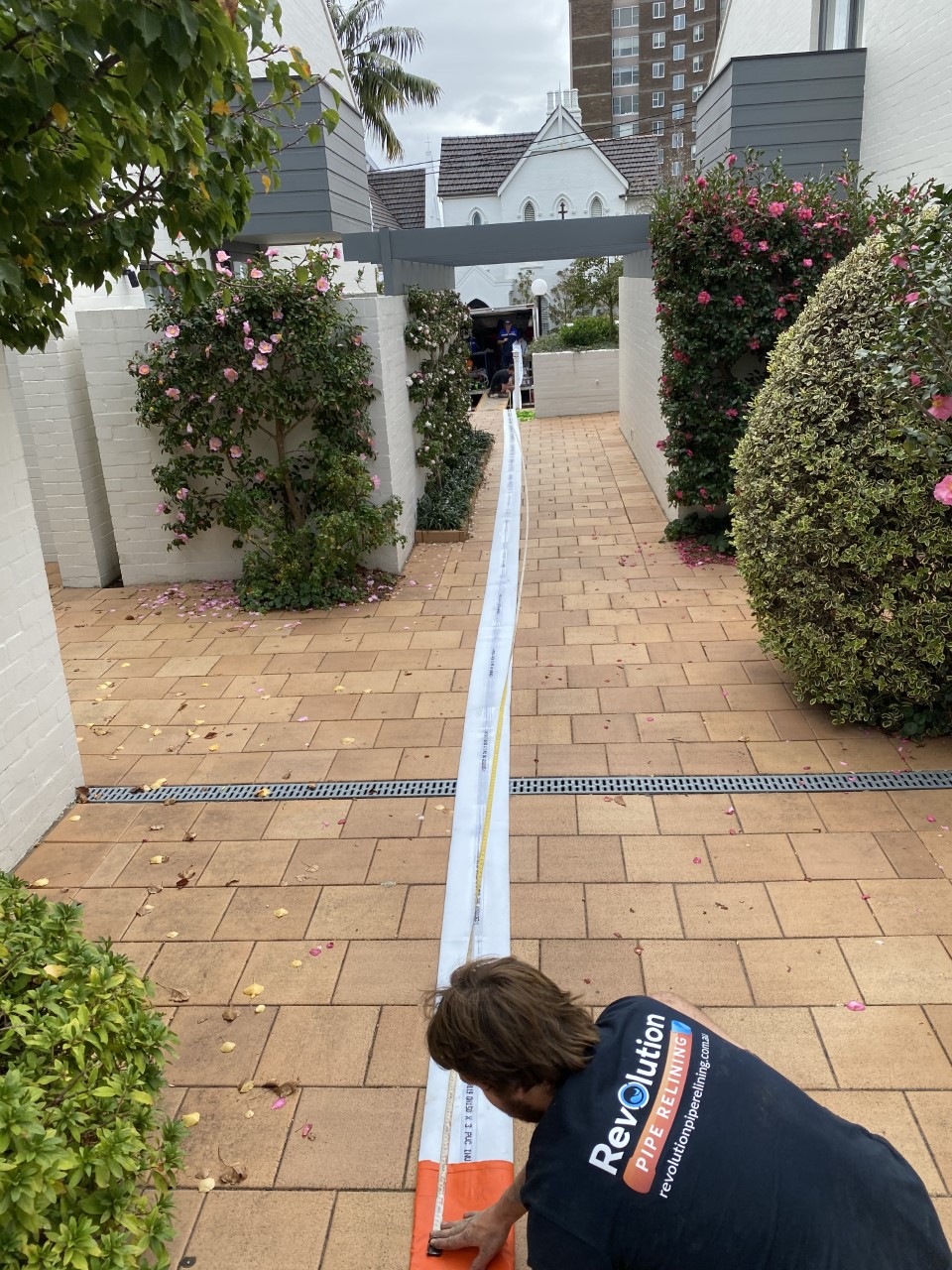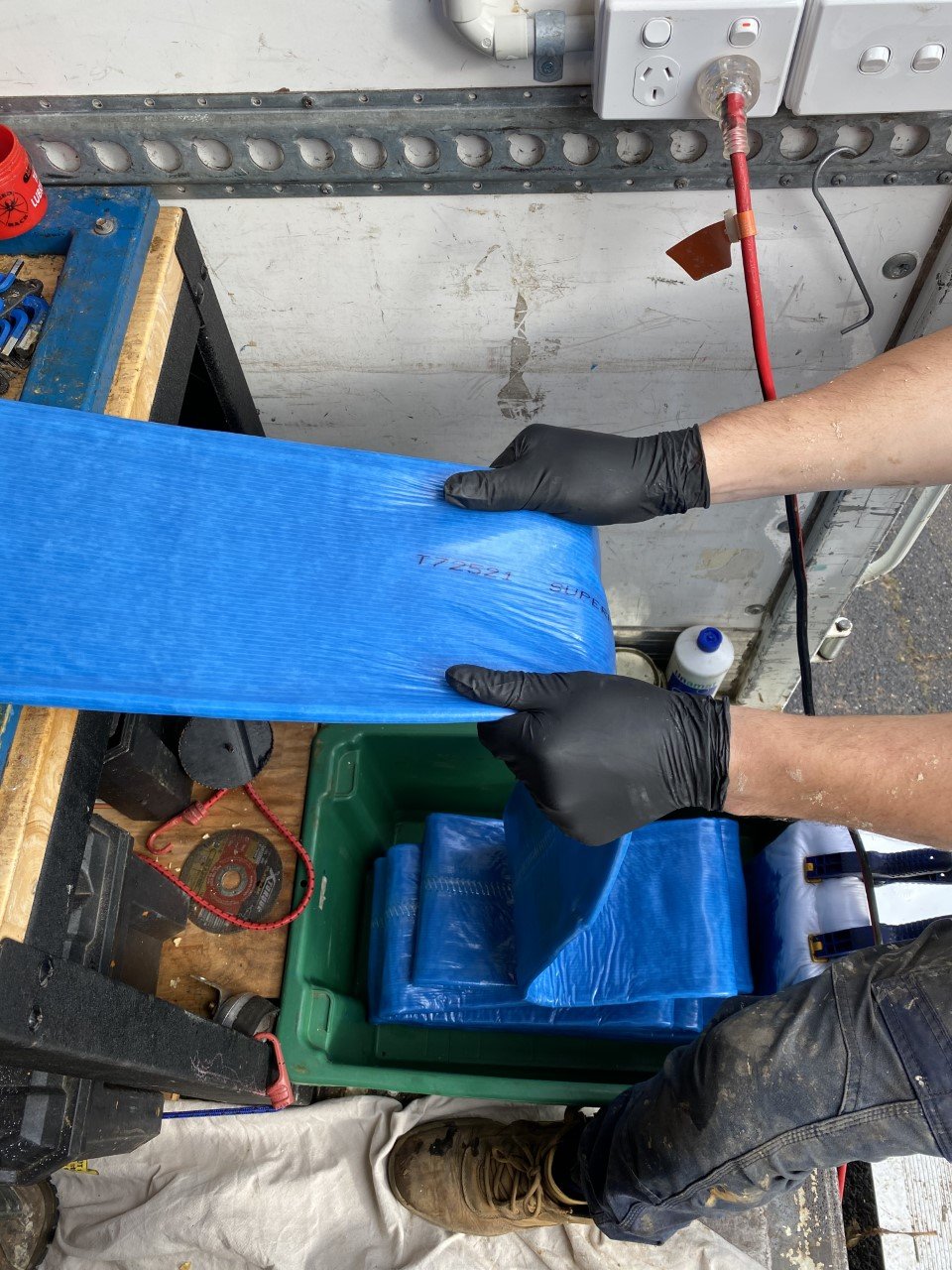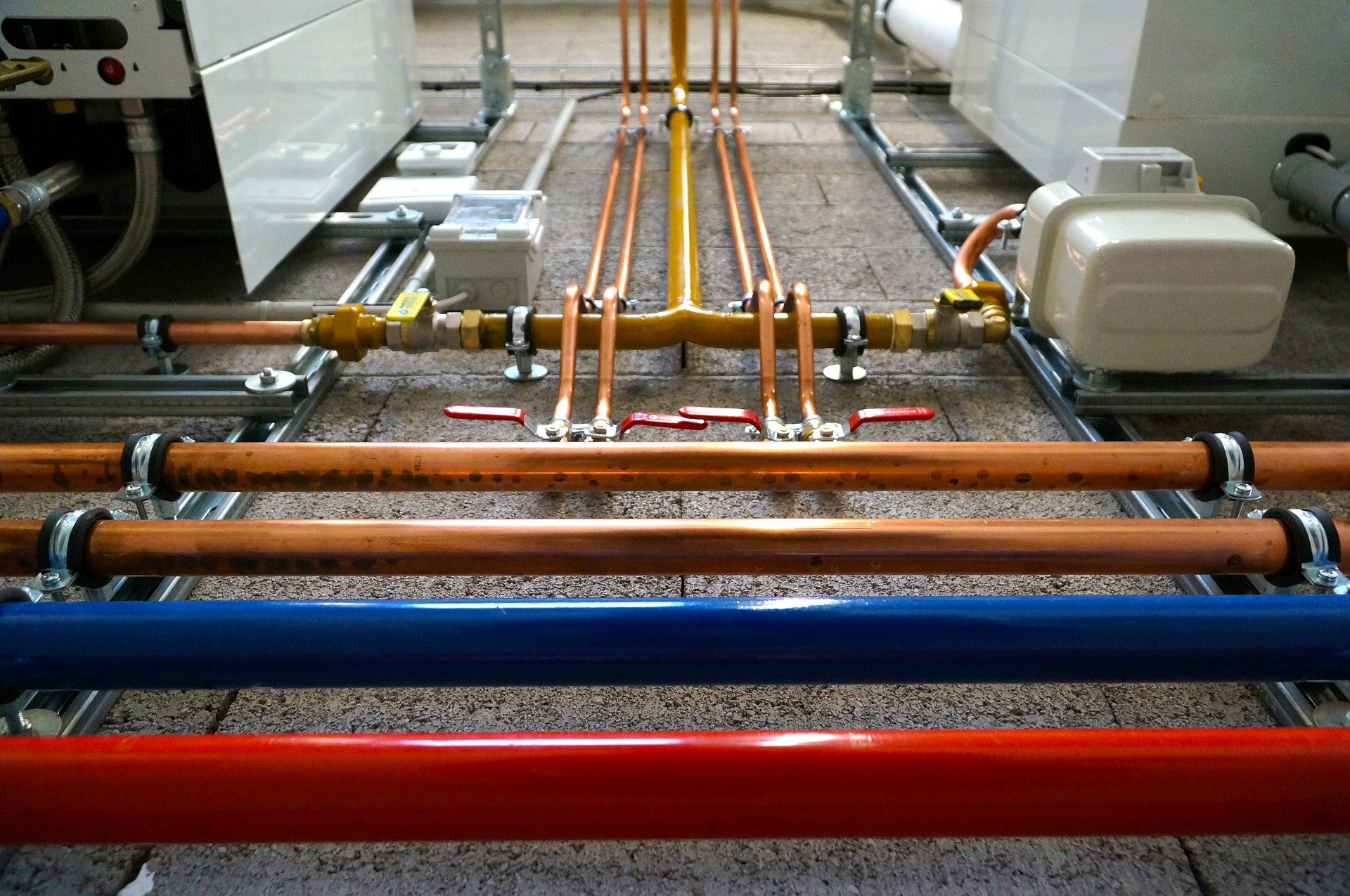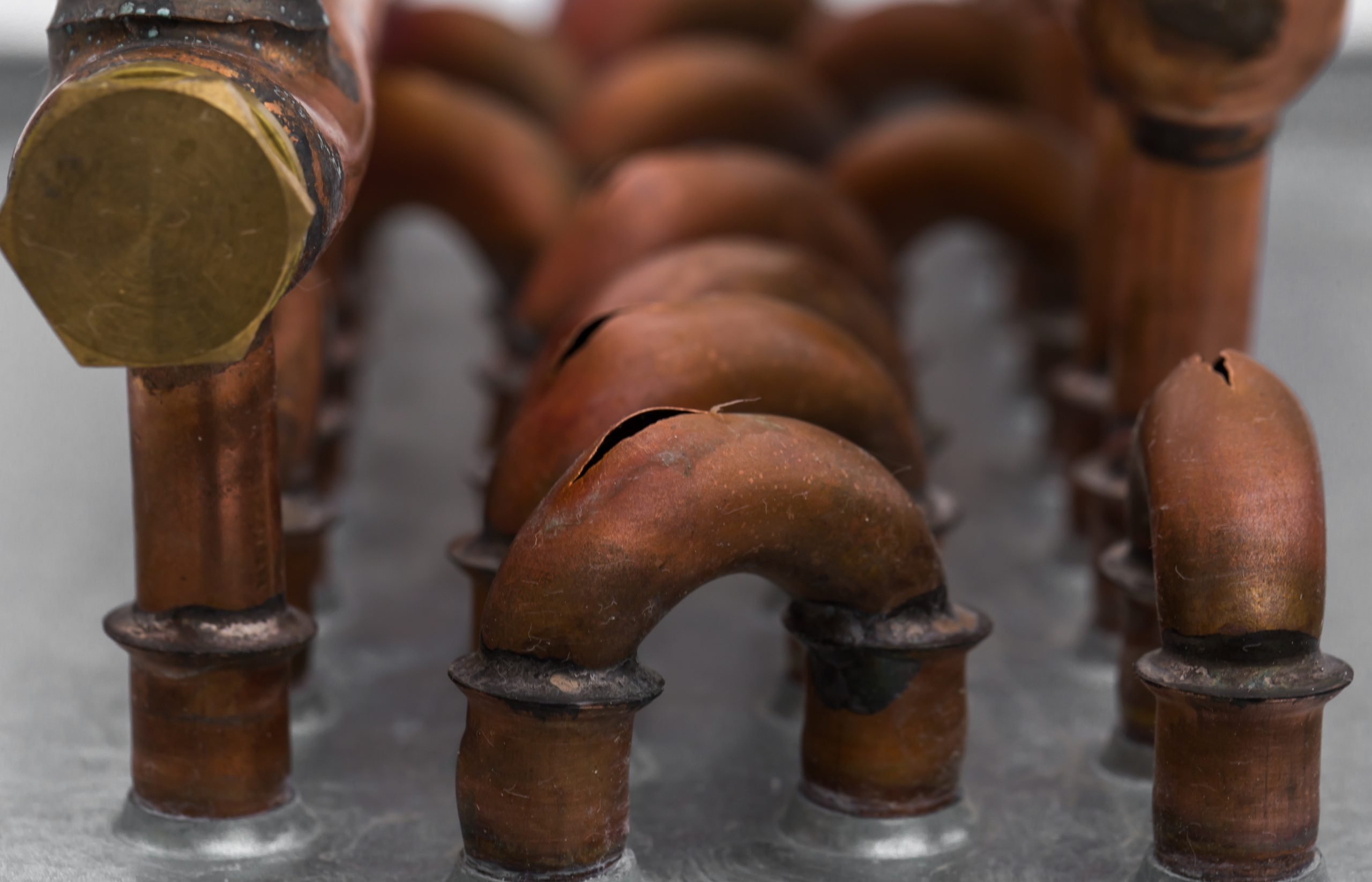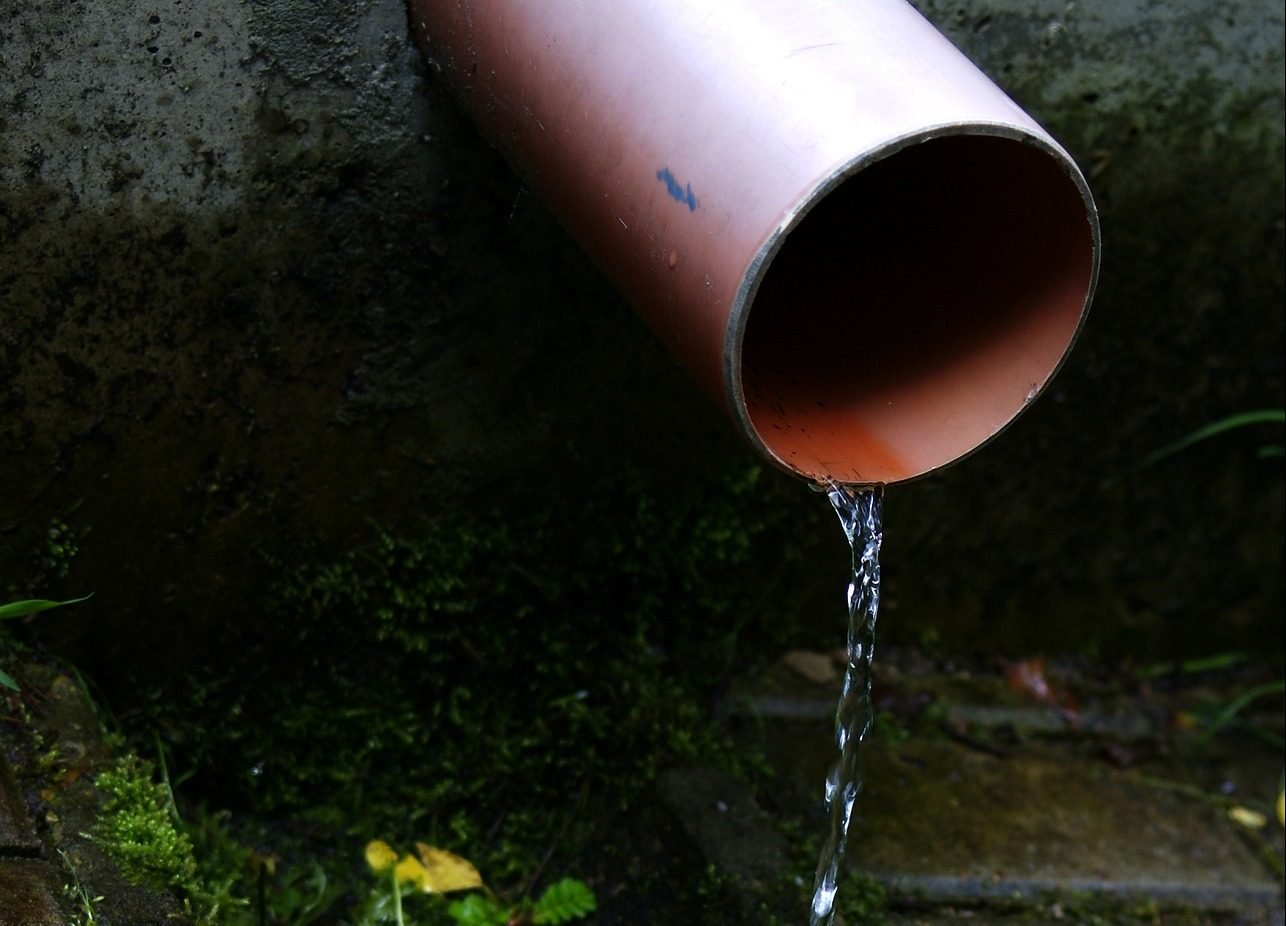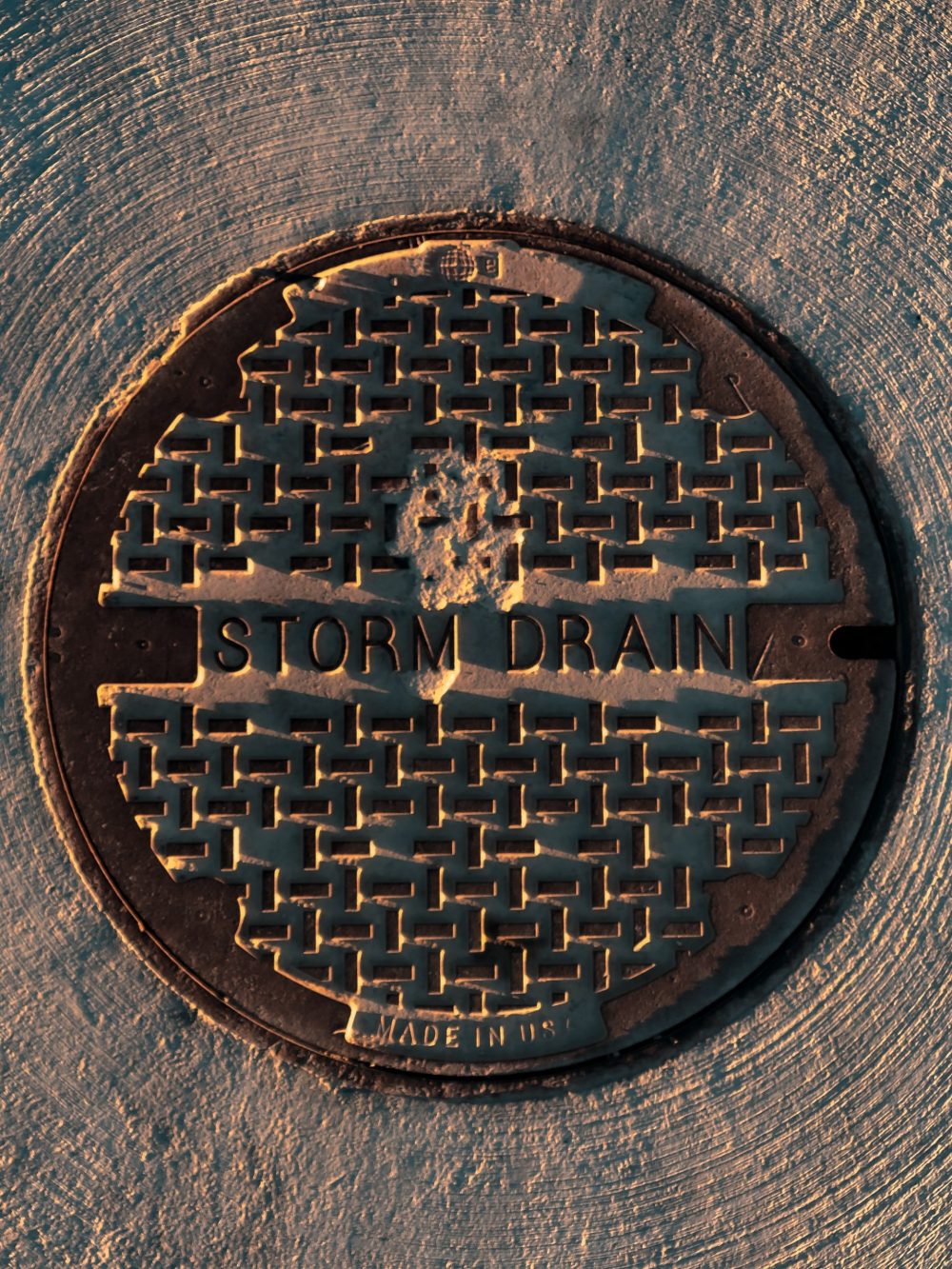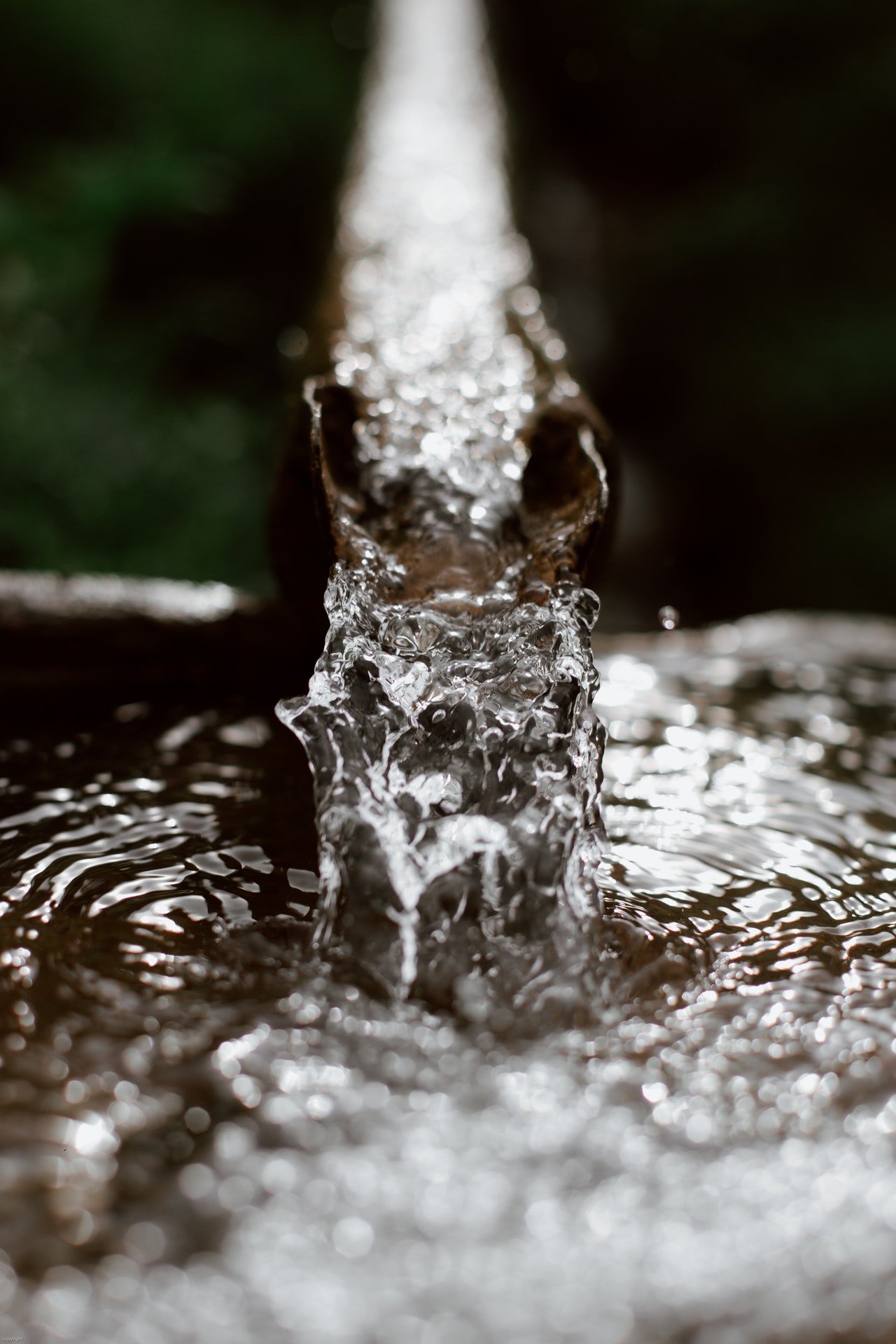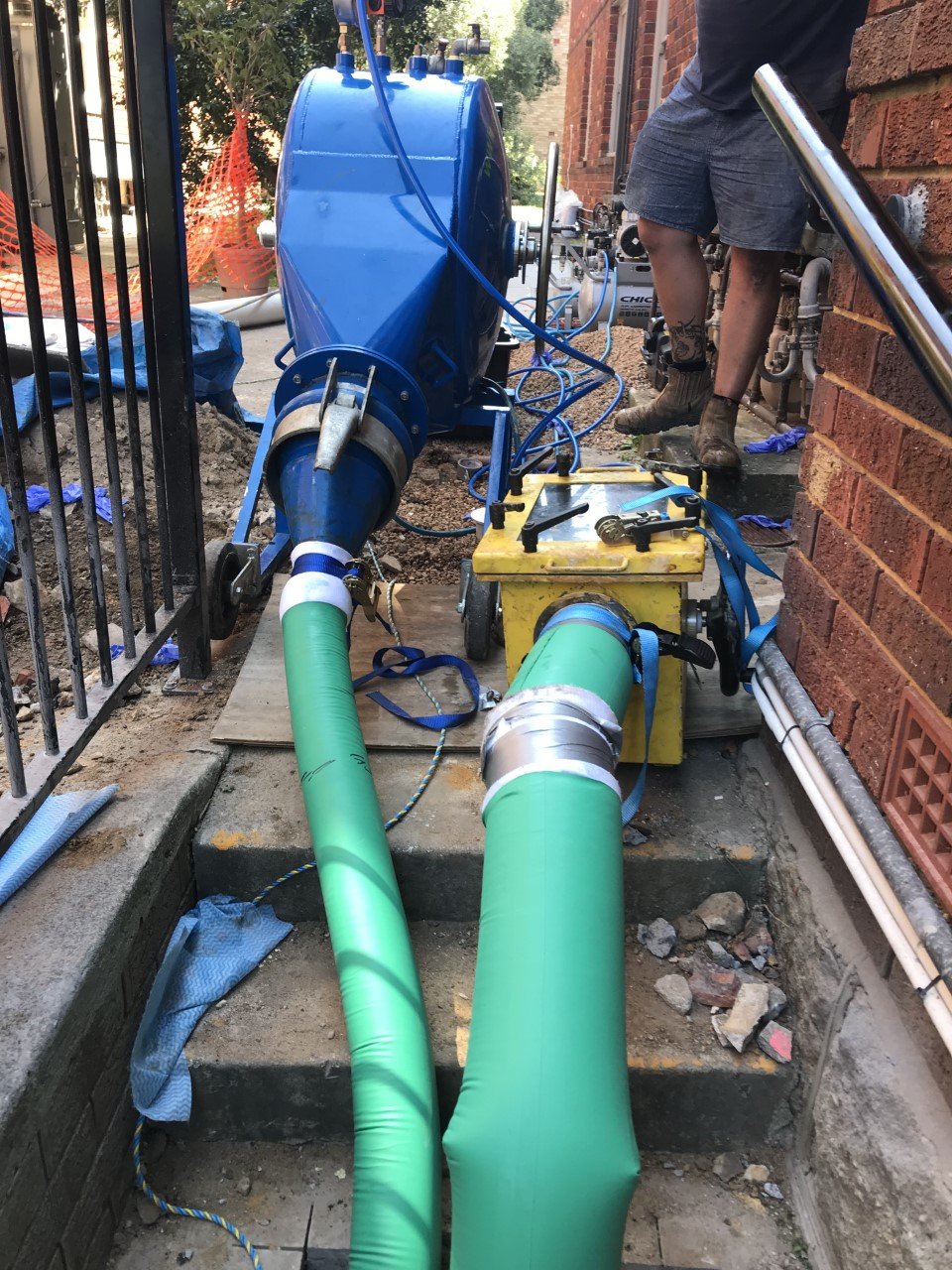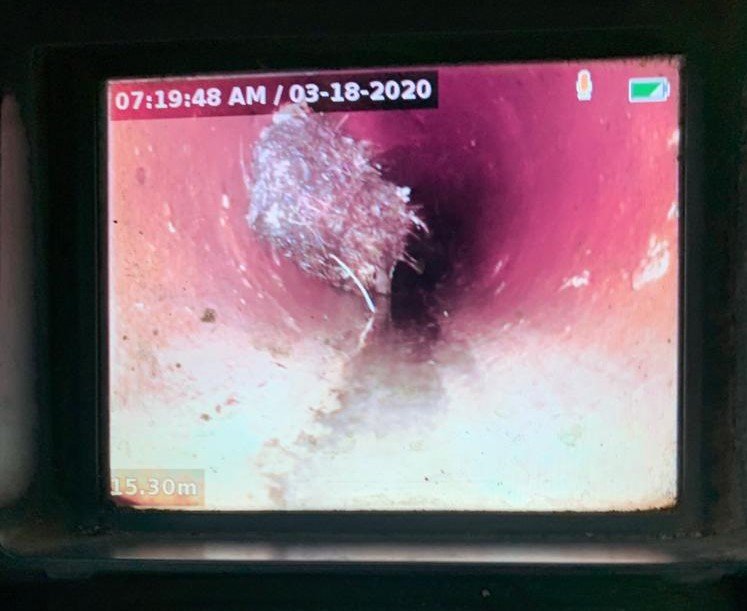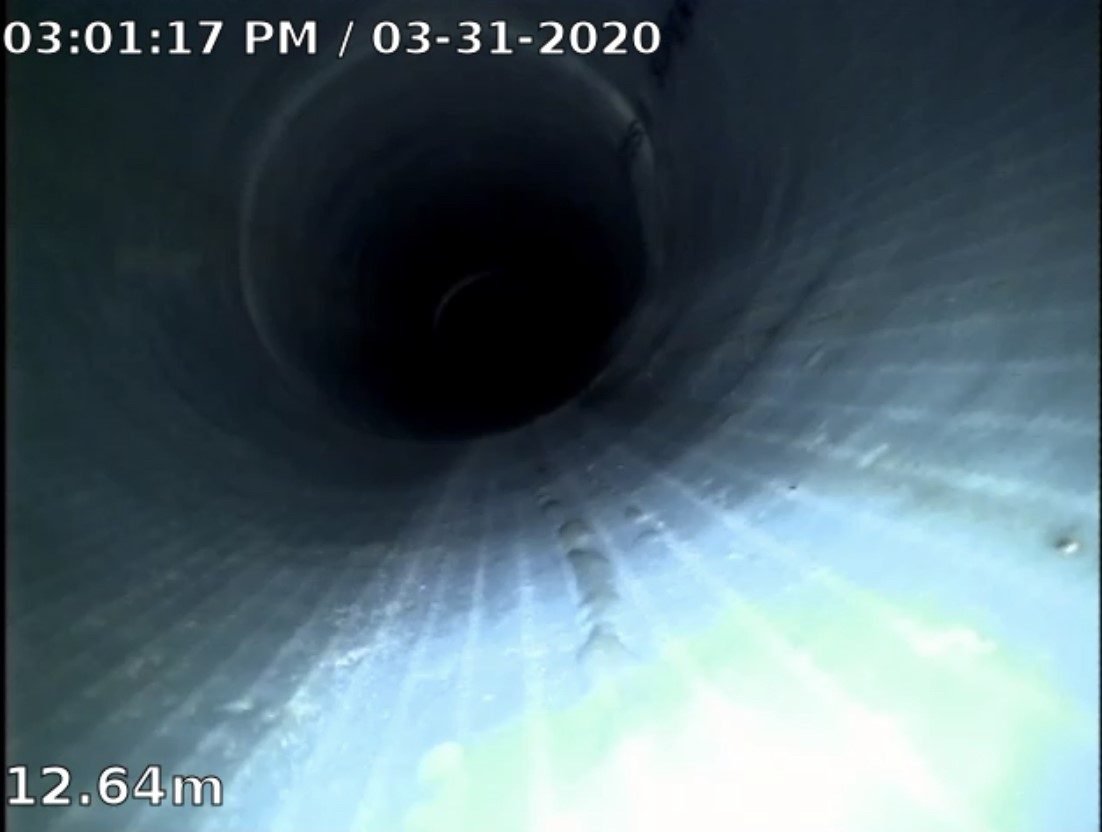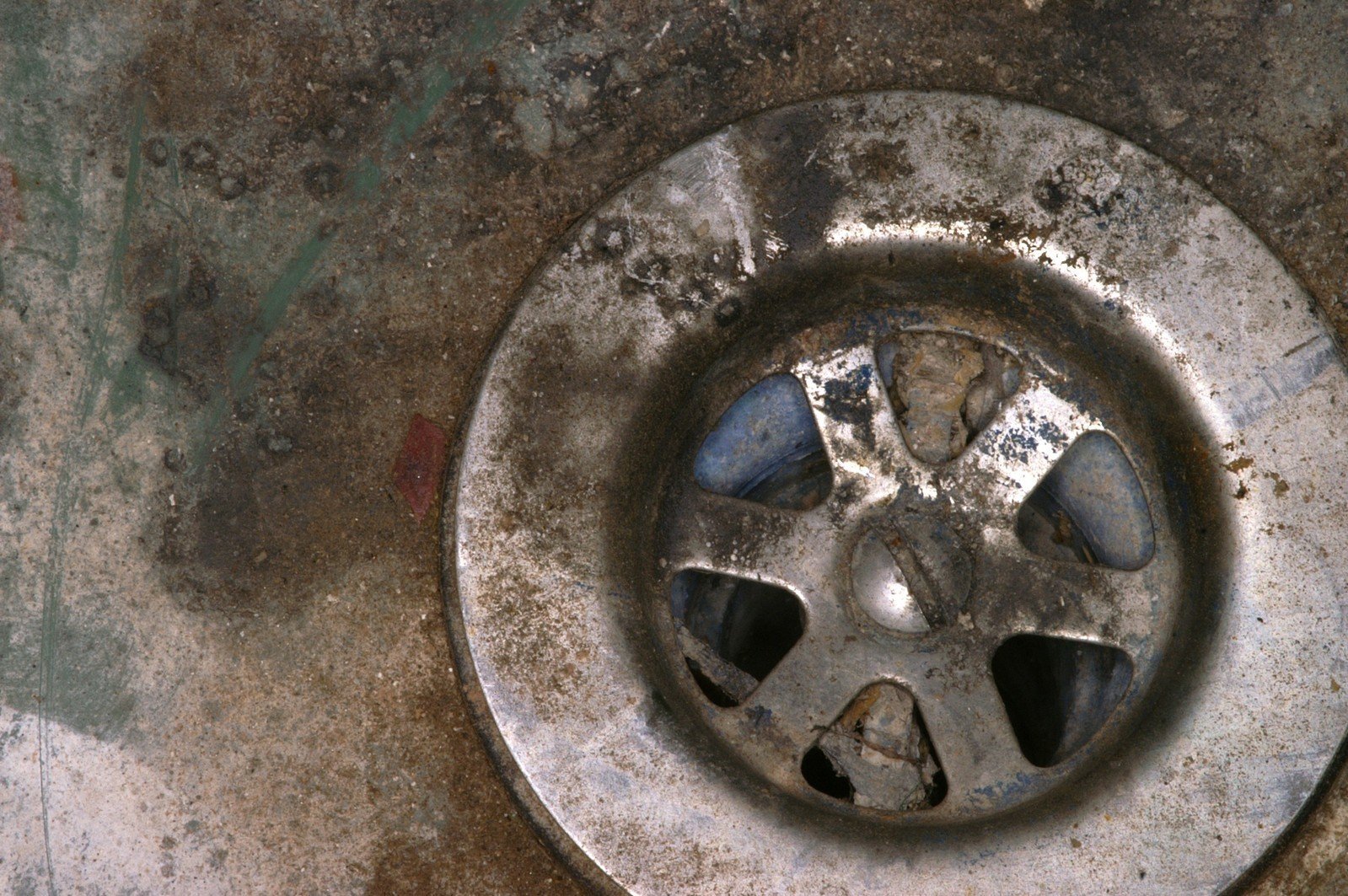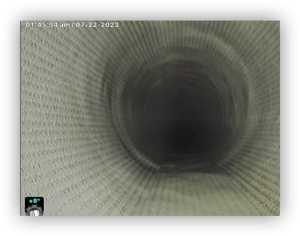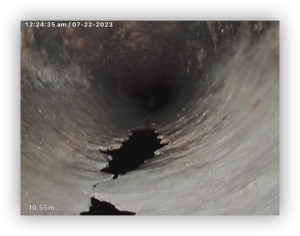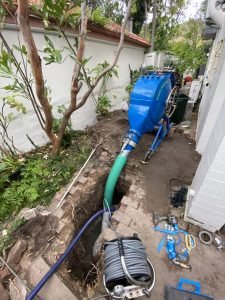8 Things Your Plumber
Wishes You Knew
- When you’re a homeowner, it’s easy to get frustrated when you don’t have the slightest idea of the little things you should avoid in your plumbing. But let that be yesterday’s news because we’re going to share with you today some things you should be mindful about. Getting these things right will help you avoid most problems that can call for emergency repairs.

What’s in it for you to have a sewer pipe replacement?
Drilling holes or pounding nails in your walls may puncture your pipe
- If you’re retrofitting your home or you just simply love DIY projects and planning to punch some nails or drill holes in your walls, first find out if there are any drainage pipes or supply lines behind your work area to avoid accidentally puncturing it. But as this can be a little difficult to determine with bare eyes and ears, a little help using the right tool can really make your hunt easier.
- You can visit your local hardware store and purchase a high-quality stud finder. This scanner comes in really handy to help find the location of pipes behind walls, wooden studs, metal, even electrical wire. With this, you can carry on with your home project without hitting any pipes that can cause an immediate leak or flood.
Your toilet is meant to take water and human waste only
- We wish we wouldn’t have to bring this up here, but sometimes this needs to be emphasized. Baby wipes, feminine products, diapers, dental floss, paper towels, tissues, Q-tips, cotton pads, etc, are some of the items that are notorious for clogging toilets. Regardless of what the product label says, don’t get tempted to toss them down. Trust the plumbers, not the labels. We can spend the entire day naming all of the stuff, but there’s only one thing we want you to take note of when it comes to proper care of your comforting place at home. It’s only meant to take water and human waste, nothing else, nothing more.
- If you have kids at home, it helps to keep a list of non-flushable items near the toilet. This way whenever they are, or you are tempted to drop something down, you’re reminded that it’s a no-no to do so.
FOGs are the number one reason your sink keeps clogging up
- Fats, grease and oil may come in liquid form but that doesn’t mean they can easily make it through the main sewer line without causing a problem. Especially during the cold days when the ground surrounding your sewer lines is at a very low temperature, fats, oils and grease can harden, catch other debris as you flush and form a sizable clog. These elements greatly contribute to massive clogs down the line. That’s why it’s very important to dispose of these properly.
- Before you wash your kitchenware in the sink, pour the oil in a tin can or glass jar first, then wipe the remaining grease off with a paper towel and dispose of it properly. As for your cooking oil, you can coordinate with your local recycling hub about the next steps to make use of them again.
You can use your vacuum to suck out clogs
- Do you own a vacuum cleaner? If so, you have one of the most effective unclogging mechanisms at your disposal you never imagined. In an unlucky situation of a clog, some unlikely tools can be your best friend. Yes, your vacuum cleaner is not only for picking up dirt but as well as for sucking a clog out. This is a very good option for clogged sinks, though you can also use it to unclog your other drain and toilets at home.
- Remove your drain stopper first and insert the end of the vacuum hose into the drain. As there’s always a potential for gunk blowback, have gloves and a few towels ready. Maintain a seal airtight as possible. Turn on and set the vacuum to suction to catch the debris or foreign items, then at any moment, you’re all set! So, instead of reaching for the plunger that has the potential to push the clogs further and make the problem worse, use a wet/dry vacuum to slurp those clogs right out.
Over-tightening fittings can trigger leaks
- Some homeowners like to put plumbing repairs on their shoulders, but don’t know they’re sometimes doing things wrong. When working on fittings, for example, keep in mind that hand tight is enough. It may seem to go against common sense, but it is what it is, plumbing fittings don’t have to be super tight. When you do this, you’re only making the water unable to pass through freely. This will in turn put so much pressure on the pipe and warp rubber fittings inside the pipes over time, increasing the risk of leaks. Continuing to turn past the hand-tight point can only spell trouble. So always keep in mind, hand tight is what is right.
Know the location of your shut-off valve
- When an emergency strikes, it’s easy to feel petrified and forget the things necessary that will help save the day. Especially when there is a leak, some homeowners tend to forget they can turn off the shut-off valve while waiting for the plumber to come by to avoid wasting water and other possible water damage. Worse, they just simply don’t know where that bloody thing is. It’s important to keep in mind that shutting off your water supply is a crucial step for most plumbing repairs. So this should be your number rule too.
- If you don’t have any idea where the shut-off valve is, locate the line entering your home. It is usually close to where the water meter is. It is recommended to shut off your water asap when a pipe or fixture is leaking, the toilet is running, a pipe bursts and water overflows.
Regular drain cleaning and inspection saves you future major repair costs
- While it may seem illogical to you because regular drain cleaning and inspection means additional expenses in your wallet, but if you come to think of the number of times you might need a plumber to fix a clog problem a year, that will still cost you more. The hourly rate of a professional drainer in Australia can range between $85-$135, and depending on factors such as complexities and additional services, if it is required, you should expect to pay more. That also means, the longer you wait to fix a problem or consider a drain cleaning, the higher the cost.
- Regular drain cleaning doesn’t have to be expensive either. You can make use of some kitchen staples like baking soda and salt, or boiling water on a regular basis to keep the grease off. But if you want to prevent clogs from getting worse and produce more serious problems down the line, consider professional drain inspection and cleaning maybe once or twice a month.
Your options for fixing plumbing problems
- In the hope to get plumbing emergencies sorted out right away, homeowners sometimes tend to make careless decisions in their choice of fixes. For example, calling a neighbour who just knows plumbing but really did not go through training about safe repairs. But that shouldn’t be the case. It’s important to know that even in the thick of a plumbing emergency, there’s always the best option to make your plumbing work at its best again. Here’s a couple of them that prove to really work magic in getting your drains and sewer back up and running no matter how bad the problem is.
- 1. Pipe Relining Sydney – Pipe repairs don’t have to take long, that’s why during emergencies time is really critical. Pipeline relining enables professional plumbers to fix severe clogs or pipe damages in a short amount of time. This is for the fact that plumbers may not need to dig up your ground to access the pipe for repair. Oftentimes, they only need a single entry point to slide through the materials to cover up fractured sections of the pipes and make it seamless and efficient again.
- 2. Pipe Replacement – When it comes to severe damages, to the extent that no drain cleaning or any Sydney relining solutions can handle, repiping is the best option. Unlike sewer pipe relining, drain pipe relining, cast-iron pipe relining and trenchless sewer relining, complete pipe replacement replaces not only the damaged portions of the pipe but as well as the other weak parts that may anytime soon give you surprising situations. That means the entire length of your sewer pipe, drain pipe or stormwater pipe is now brand new.
What should you do?
Now that you finally have an idea of the plumber’s wishes for you to know, do yourself a favour. Do all things possible to keep all these things in mind. These are not just for you to know, but most importantly for you to do. Especially when it comes to the point where pipe repair is required, know your options first. Don’t just settle for less, or settle for whatever is available that can fix the problem right away. Remember, your goal should be to have long-term working plumbing, whether it’s your drain, your sewer or your supply line. Our wish for you is also the same. So if you need help on your plumbing, big or small, Revolution Pipe Relining, the top choice company for pipe relining services Sydney is here to help you.

